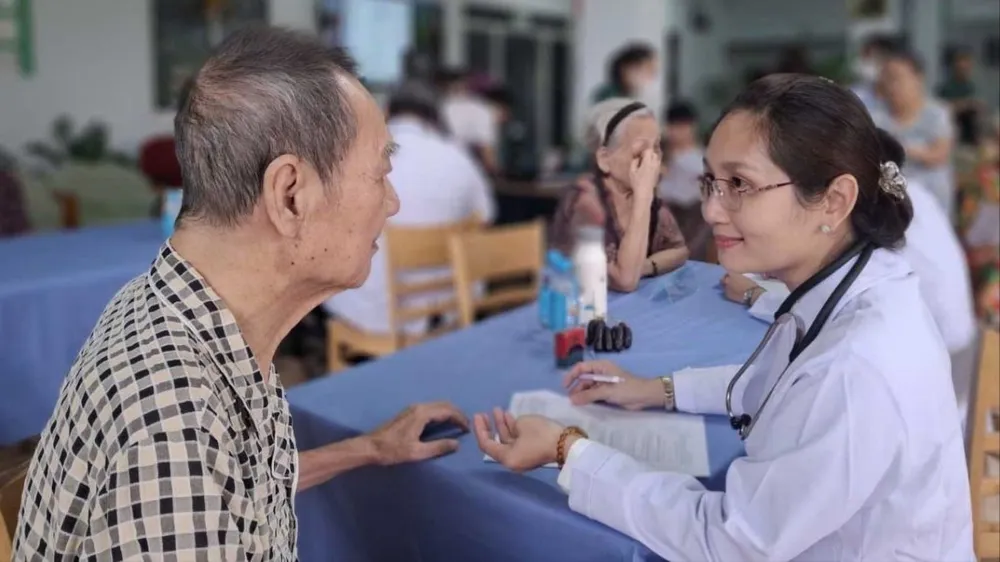
Converting and upgrading old hospitals
For many years, the city’s tertiary hospitals such as Ho Chi Minh City Oncology Hospital, Tu Du Hospital, Pham Ngoc Thach Hospital, Ho Chi Minh City Mental Hospital… have always been overloaded. Every day, thousands of patients from the Central, Central Highlands, Southeast and Mekong Delta regions flock to these tertiary hospitals for medical examination and treatment.
Dr. Diep Bao Tuan, Director of the Ho Chi Minh City Oncology Hospital, said that although the hospital is overloaded, the number of patients coming for examination tends to increase. It is expected that in 2025, the number of patients will increase by about 20% compared to 2024.
“In 2023, the hospital's second facility was put into operation with a scale of 1,000 beds according to international standards and many modern machines, to reduce overload for facility 1. However, the number of patients increased, the hospital had to add 200 more beds,” Dr. Diep Bao Tuan shared.
Similarly, Tu Du Hospital receives more than 1 million medical examinations each year, of which about 60% are people from the provinces.
According to records, most patients have to travel long distances to access end-of-line medical services, which is both time-consuming and costly, and puts pressure on the health system in the center of Ho Chi Minh City. Meanwhile, hospitals in Binh Duong and Ba Ria - Vung Tau (formerly) are degraded and deserted.
According to Associate Professor, Doctor, Doctor Tang Chi Thuong, Director of the Ho Chi Minh City Department of Health, expanding the facilities to the Binh Duong and Ba Ria - Vung Tau areas (formerly) helps specialized medical services get closer to the people, suitable for the context of a population exceeding 13.6 million people after the merger.

Currently, the city's health sector has proposed and received approval from the Ho Chi Minh City People's Committee to expand the network of end-line hospitals to the areas of Binh Duong and Ba Ria - Vung Tau.
Specifically, the Oncology Hospital will set up its third facility at the old Ba Ria Hospital; Tu Du Hospital or Hung Vuong Hospital will develop its second facility at Le Loi Hospital. At the same time, the professional departments of Pham Ngoc Thach Hospital and Ho Chi Minh City Mental Hospital will take over two abandoned medical facilities in Binh Duong (formerly) to quickly restore and re-exploit.
“The Department of Health is carrying out the procedures to receive and hand over the Ho Chi Minh City Transport Hospital. After completing the reception, the Department will consider and propose a plan to merge the Ho Chi Minh City Transport Hospital into the second facility of the Rehabilitation - Occupational Disease Treatment Hospital,” Associate Professor, Dr. Tang Chi Thuong informed.
Expanding the “nuclear hospital” model is a breakthrough solution. Instead of building new, costly hospitals, leveraging the brand and capacity of the end-line hospital will quickly attract patients, ensuring the quality of treatment; at the same time, reducing pressure on the center, improving the quality of health care for people in the city.
Associate Professor, Doctor, Doctor Tang Chi Thuong
Merging and dissolving many medical facilities
Associate Professor, Doctor, Doctor Nguyen Anh Dung, Deputy Director of the Ho Chi Minh City Department of Health, said that after the merger, the Ho Chi Minh City Department of Health has 9 specialized departments, 2 branches and 124 affiliated public service units. However, from September 1, 6 public service units will be reduced compared to July 1, 2025, from 124 public service units to 118 units, including: 32 general hospitals, 28 specialized hospitals, 38 regional medical centers, 15 centers in the field of social protection...
The health sector will restructure or dissolve ineffective public service units, ensuring the improvement of the quality of basic and essential public services associated with restructuring and reducing the number of civil servants receiving salaries from the state budget.
Specifically, Saigon General Hospital will be merged into Gia Dinh People's Hospital from January 1, 2026; Tu Du Hospital (facility 2) will be established in Can Gio commune on the basis of receiving inpatient treatment functions from Can Gio Regional Medical Center, expected to be put into operation from November 10.
For Ba Ria - Vung Tau Traditional Medicine Hospital, Pham Huu Chi Lung Hospital, Vung Tau General Hospital, comprehensive support will be given to Ho Chi Minh City Traditional Medicine Hospital, Pham Ngoc Thach Hospital and Gia Dinh People's Hospital.
The Ho Chi Minh City Department of Health is also conducting a comprehensive inspection of the organization, operation, professional capacity and management of Ba Ria General Hospital, in order to point out the shortcomings and limitations, as a basis for developing and implementing appropriate and effective support solutions in the next phase. The remaining city-level hospitals under the Department of Health will continue to remain in place to ensure the stability of medical examination and treatment, serving the health care needs of the people.
Regarding the grassroots health care system, Associate Professor, Doctor, Doctor Nguyen Anh Dung said that the city currently has 168 health stations (with 296 health points) belonging to 38 regional health centers.
From January 1, 2026, the Ho Chi Minh City Department of Health has proposed 168 health stations under the People's Committees of wards, communes, and special zones. This is to strengthen the role of state management at the local level and ensure proactiveness in primary health care for the people. The city's health sector will transfer 25 regional health centers without beds (personnel, facilities, finance) to health stations.
After the transfer is completed, the medical center will be dissolved. Meanwhile, 13 medical centers with beds will transfer a part of their personnel, facilities and finances responsible for preventive medicine and primary health care to the medical stations.
It is expected that after the reorganization, the Ho Chi Minh City Department of Health will have 9 specialized departments, 2 branches and 92 affiliated public service units (32 general hospitals, 28 specialized hospitals, 5 specialized and preventive medicine centers, 13 regional health centers with beds, 14 centers in the field of social protection). Particularly, 168 health stations will become 168 service units under the People's Committees of wards, communes and special zones.
Deputy Minister of Health VU MANH HA:
Ensuring patient rights
People are the beneficiaries when the health system is properly merged. Instead of a small, fragmented network, each regional health center after the merger will be stronger in terms of human resources, machinery, and services; increase the ability to handle common diseases and screen for serious diseases right from the front line. With a long-term vision, the restructuring of the public health system is expected to create a foundation for Ho Chi Minh City to develop into a specialized health center of the Southeast Asian region, while improving the quality of health care for the people in a fair - sustainable - effective direction.
This change may be a "systemic overhaul", but it is a necessary step to make the city's health sector stronger, more proactive and better serve the people.
BS-CK2 TRAN NGOC HAI, Director of Tu Du Hospital:
In line with the city's development orientation
The proposal to build a new obstetrics and gynecology facility at the end of the Ba Ria - Vung Tau period is a strategic proposal. This proposal not only aims to solve urgent health problems but also fits the city's socio-economic development orientation in the new period, especially after the merger with a population of more than 13.6 million people.
Currently, the quality and accessibility of medical services, especially specialized end-line medical services, still have a significant difference between the central area and the surrounding areas. Tu Du Hospital affirms that it can invest in a new facility with a career development fund of nearly VND 3,000 billion and arrange human resources from the existing team of more than 330 doctors, without affecting operations at the main facility.
Ms. HOANG THI HUONG, Tam Thang ward, HCMC:
The treatment journey will be less arduous.
My father and mother-in-law both went through the treatment phase for rectal cancer at the University of Medicine and Pharmacy Hospital in Ho Chi Minh City. For each treatment or follow-up visit, the patient and family members had to leave home at 4am and arrive at the hospital at 6am to… line up. The most difficult and tiring phase was the period when my mother-in-law had to undergo chemotherapy. Each time she finished the infusion, got in the car and traveled hundreds of kilometers to go home, she lay flat, vomited, and could not eat or drink anything.
When hearing the news that the specialized hospital at the end of the line opened another facility in Vung Tau, people were very excited, because the treatment journey for terminally ill patients would be less arduous.
KHANH CHI - THANH AN
Source: https://www.sggp.org.vn/sap-nhap-nang-cap-co-so-y-te-giam-manh-mun-tang-hieu-qua-phuc-vu-post821557.html


![[Photo] Government holds a special meeting on 8 decrees related to the International Financial Center in Vietnam](https://vphoto.vietnam.vn/thumb/1200x675/vietnam/resource/IMAGE/2025/11/04/1762229370189_dsc-9764-jpg.webp)
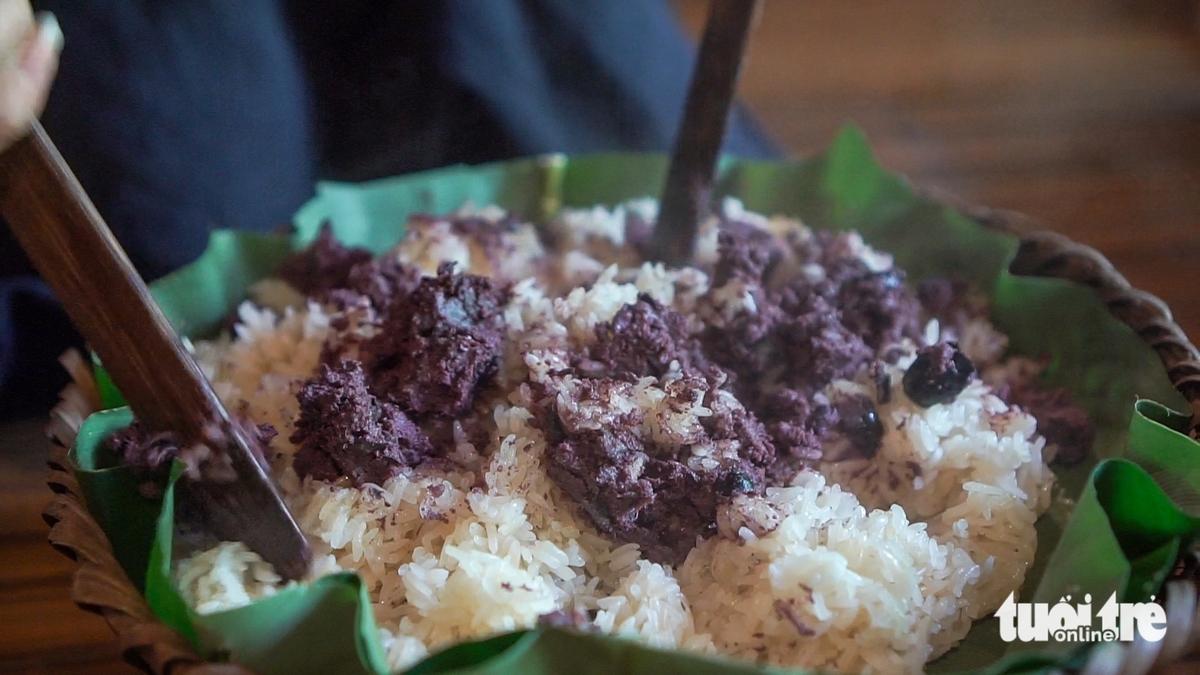










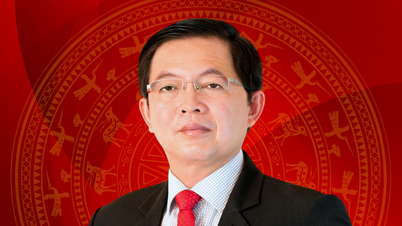


















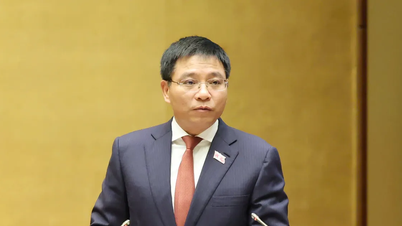

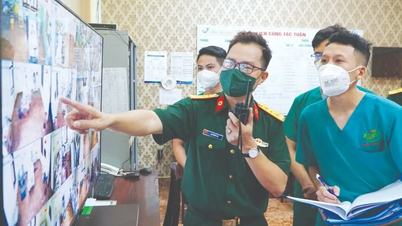


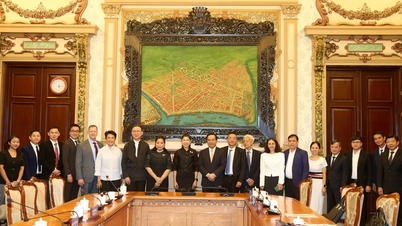





















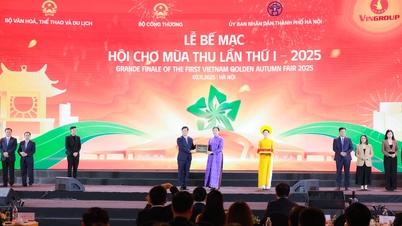













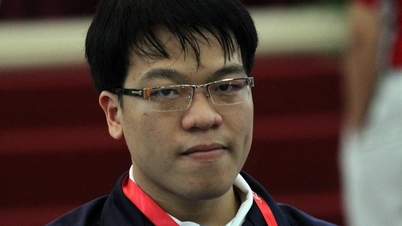









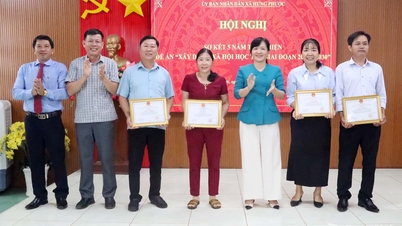

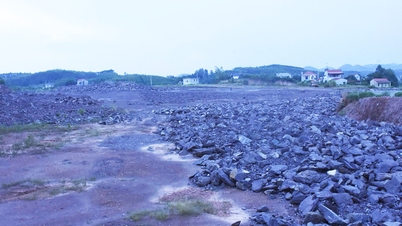

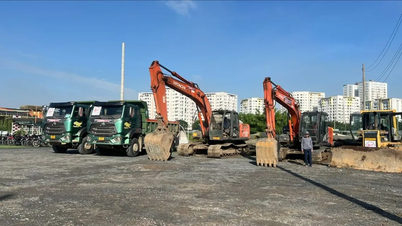
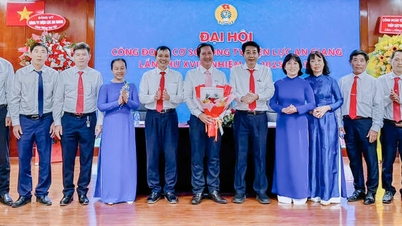




















Comment (0)